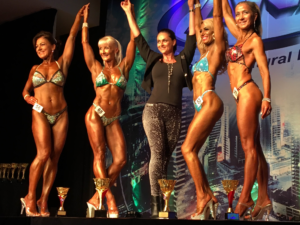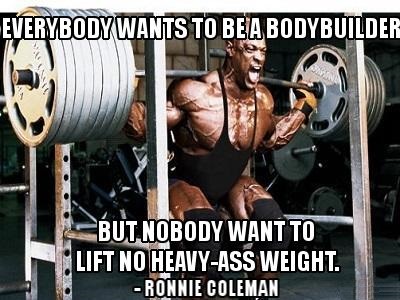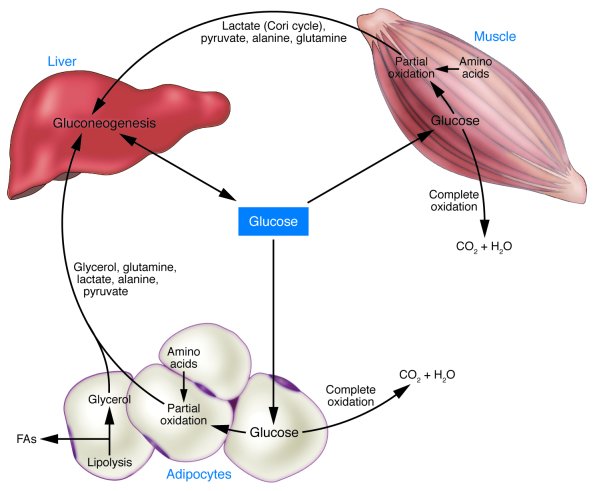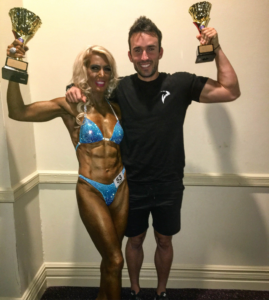Alright, so, how are we going to do this? Am I going to try to bring you #fitspo motivation? Talk down on you, tell you that achieving goals is amazing, is always achievable, and blah blah blah ‘til I’m blue in the face?
Hell no. I’m sure everyone is already sick to death of hearing the same old stuff that goes on upon our social media channels on literally a daily basis anyway, right? Exactly. Instead, I thought (to myself over a warm bowl of oats with brown sugar on a colder-than-usual Sunday afternoon in fact), why not give them the rawer story? The real one. The one with the true ups and downs. The one with the real information and the stuff that sometimes people don’t like to talk about.
How does that sound? Cool. Then, why don’t I take it back a whole year to the first trophy that was nabbed? To the first real win.
IT ALL ENDED SO WONDERFULLY…
The trophy was earnt, the quest was complete, the princess was saved from Bowser, and the metaphors ran high in this sentence. I ran off to Europe, whilst my client, Jenny, began recovering from her mid-June and post-competition shoulder surgery.
I came back to the land down under five weeks later and she was mid-way through her rehabilitation component. Which meant a) she was ready to get back into it, away from just solely rehab/corrective exercises, and b) we could begin the typical after-shoulder-reconstruction stuff. Which meant the pursuing of a stable scapular environment to fend off it happening again, of course, and the focus on scapular re- and protraction exercises. Including one of my all-time favourite ones that aims to build awareness and strength in one of the key muscle groups that attaches directly to the inferior angle of the scapula:
SHOULDER RECO AIMS
Like anyone looking to gain movement and strength (and life) back after hitting cycles of Endone after being restricted from even just maneuvering the steering wheel (that’s what we have our upper thighs for anyway, right?) after surgery, these five points always seem to exist:
1. Obtaining optimal thoracic mobility.
2. Obtaining optimal scapular stability.
3. Gaining more and more awareness for movement patterns, including falling correctly if the shoulder surgery was due to a tackle or fall.
4. Minimizing as much loss in strength as possible throughout the entire body, not just that area.
5. And holding the reigns back so they don’t jump too far ahead, thinking “oh come on, I’m fine! No really! I am!”, and injure themselves once more.
All of this, ideally, leading to a speedy recovery and the added bonus of not putting them on the road to another anesthetic face mask.
THE “ALL CLEAR”
Whilst I won’t bore you with too much detail, the training leading up to getting the “all clear” for Jen was nothing short of restrictive. Movements, as you can imagine, that we all take for granted, were totally and inescapably hindered post-surgery.
But getting this “all clear” was like hitting the NOS button on Vin Diesel’s Dodge Charger off the lights. It meant that we could finally do some things that we were previously disallowed from doing. Things like vertically pushing and pressing (within reason) and getting back on the road to lifting heavy ass weights that would make Ronnie Coleman proud.
THE WEIGHT GAIN
I have to make sure that I mention this since this topic is always such a shady and confusing area of the industry.
The weight gain, most specifically, like most people would expect, was and always is a challenging thing to overcome. Putting on weight, purposefully, is always going to freak out certain people.
I mean, we always seem to meet people that are on the journey to gaining optimal health and fitness, or people like Jen that are looking to get up on stage, with the mentality that dieting down, getting stripped, getting shredded, for a painful handful of months, is something that must be done a certain way. That restricting calories so much so that headaches are frequent, that days go by where people feel like they’re starving, and that their meals only consist of grilled chicken and broccoli.
Which is far from the truth and reality of what is necessary. She did go through a weight change of 66.2kg in January down to 54.4kg in time for the competition on the weekend, but being smart about all of it and beginning a cut 4-5 months in advance, allowed ample time for us to prepare the body.
Slowly chipping away at the overall calories every 2-3 weeks made so much more sense, too, given that there’s never truly a good time for rapid weight loss. And after speaking with a couple of the competitors on the day, it was refreshing to hear that they weren’t starved by their coaches either.
So, hopefully the industry is changing in mentality a little bit and understanding that the restriction of adequate nutrition and hydration, doesn’t make sense from a physiological level given that our muscles feed off glucose and that they are roughly 70% water.
THE DARKER SIDE
The psychological backlash that can hit people post-comp or just post-diet, will always be one massive challenge to overcome. We hear the stories all the time of the people that lose a drastic amount of weight and put it all (and more) back on 6-12 months later. We also hear, more rarely so, the darker side of the figure/physique competitive world. Where, following the diet, following the high of their entire world being just about what they look like and how they fair in comparison to the other people on stage, results in a scary aftermath.
The words from Jen after the event even consisted of things like ‘I never know what to do after the competition, I never know what I can eat, how much I can eat, how I should train, what I should train’. Things in between and around those words got me thinking pretty deeply about the effect this type of industry can have on someone’s mental state.
Not having the right mentality or the right support and guidance network around someone undertaking a journey, can indeed lead them to succumbing to the fiery trap of living a life of counting calories, worrying about every little thing they put into their body, and obsessing over the minute things.
I’m lucky in the fact that Jen is (somewhat… 😉 ) level. I’m also very lucky that she listens to me when it comes to all matters revolving around her training, diet, and health. Keeping her and my other clients DTE (down to Earth) is always a main goal of mine. One that perhaps slips by other competitors and coaches out there.
Read this for a deeper insight into this.
I’m also lucky to have people a lot smarter than me to look up to when it comes to food and diet preparation for competitions. People like Leigh Peele, Alan Aragon, and Martin Berkhan are people that I can always count on for legit information, far from the dogmatic views that are so readily regurgitated and escalated by supplement companies, the media, and that guy in the gym. Yeah, you know the one I’m talking about.
SPEAKING OF, WHAT ABOUT THE SUPPS, BRO?
Absolutely nada. Well, aside from the 5g of creatine that she had during training leading up to the first cut week, she never took any of that pre-workout pump stuff, or that peri-workout stuff. She never suffered from post workout whey protein freak out slurp downs to hit that “anabolic window”, and certainly didn’t cave to any of that over-sensationalized thermogenic “necessary” stuff that companies insist on you having to get shredded.
Just, basic food. The stuff that you can grow in your backyard. Real food.
SO, NOW WHERE?
Going home with two bronzes and a second place trophy at this seasons competitions, the next one is firmly in our sight. We can relax a little bit right now while getting focused on restocking all those systems that have been sitting at lower than usual, and finally get back into lifting heavy again.
A HEALTHY BODY AND A HEALTHY MIND
Just like last time, her wins are not just about the prizes (corny, I know), but they rather entail all things leading up to them. The achievement of certain milestones along the way, the faith lost and restored in the coach when he took her through a weight gain cycle, the setbacks and the triumphs.
Whilst the shiny things certainly are perks of this whole gig, any goal is not just about the superficial achievement that is at the end, but rather the things that we learn as people along the way that truly count.
 Sorry, I guess I couldn’t stay away from the #fitspo.
Sorry, I guess I couldn’t stay away from the #fitspo.
Striving for any health and fitness goals should never be looked at from purely a black and white perspective. Nor should it consist of comparing yourself to other people out there. But rather pursuing a healthy body and a healthy mind simultaneously should always be the top priority when chasing any kind of fitness goal.
Enjoying the perks along the way like getting stronger, feeling better, sweating, breathing a little heavier than usual, and just being able to do these things, should be what is put first. Understanding that there will always be ups, downs and challenges throughout the journey, is next. And if Jen can go through all the drama of hamstring reattachment surgery, to shoulder reconstruction (I’d like to point out that both of these was not due to the training! Just simple wear and tear catching up), to the ups and downs of training, dieting, all whilst running a fully functioning family and maintaining a full-time job at the ripe old age of 55, surely excuses tend to becoming more and more scarce.
 The ‘Ultra Grand Masters (50+)’.
The ‘Ultra Grand Masters (50+)’.
Obviously obtaining a body that is ab and booty-popping is a massive feat, and I am in no way taking anything away from anyone that does achieve it, but it is certainly not only for the elite. It is very well achievable for anyone that has the knowledge, the motivation, the support and of course, the desire to get there.
And that goes for any other goal, too.







